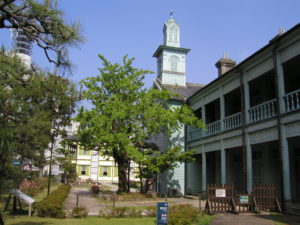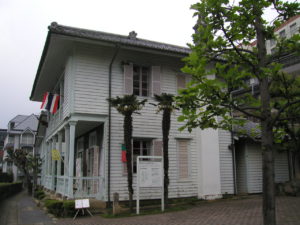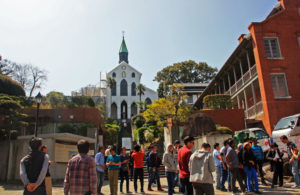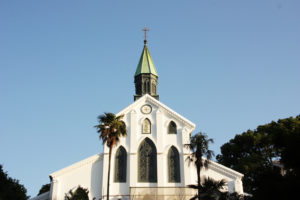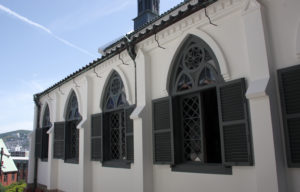Unzen jigoku Martyrdom from 1626
When Matsukura Shigemasa became the new federal lord of Shimabara in 1616,
many people were Christians. Initially, he acquiesced in Christianity, because
he needed people’s cooperation to build Shimabara Castle.
However, this situation was known to Tokugawa Shogunate, and he strongly
commanded Christians in Shimabara to convert.
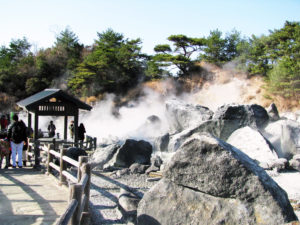 |
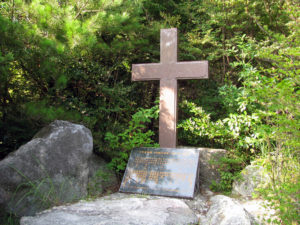 |
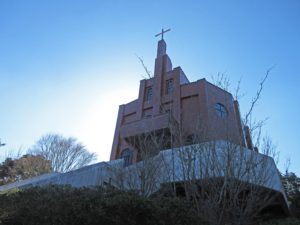 |
From 1627, Christians who did not convert were persecuted using the boiling water
of Unzen jigoku.
Many Christians were taken to this Unzen jigoku and martyred.
Unzen Church is dedicated to Father Antonio Ishida, a martyr of Unzen Hell, and
martyrdom festival is held every May.
Unzen jigoku is a tourist spot in Unzen.
Jigoku, means Hell, is the number one attraction of Unzen with a peculiar smell of sulfur
emitted from the springs, and boiled hot water and white smoke rising from the ground
over a wide area. This is a striking reminder that Unzen Volcano is still very much alive.
Shimabara Rebellion in 1637
The site is located in Minami-arima in Minami-Shimabara-city
and the Battle field of Shimabara Rebellion which was a peasant uprising against bakufu’s
persecution of Christians under the leadership of Amakusa Shiro in 1637.
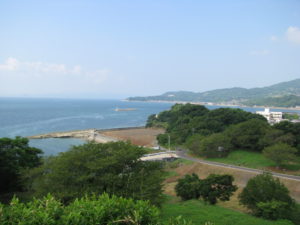 |
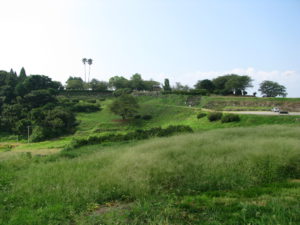 |
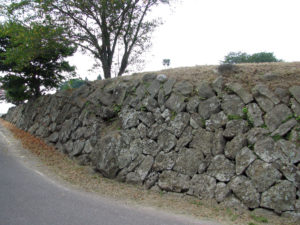 |
It was founded by Arima Takazumi in 1496 and was a flat castle with a fortress naturally created
both by the cliff facing Ariake Sea and the tide coming in. This Castle was abandoned since
Matsudaira Shigemasa, the load of Shimabara, built Shimabara Castle after the rupture of Arima
family ties.
 |
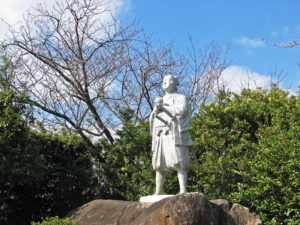 |
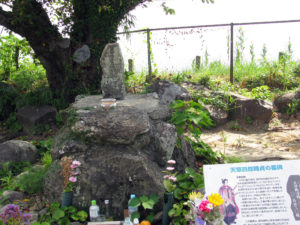 |
On February 27, 1638, he died in battle. The following day, the castle fell. 37,000 Christians
including women and children died a violent death.
It is registered on the UNESCO World Heritage as Hidden Christian Sites in the
Nagasaki Region in 2018.
St. Lorenzo Luiz martyred in Nagasaki in 1637
Saint Lorenzo Ruiz, the first Filipino saint, was martyred in Nishizaka, Nagasaki in 1637.
The statue of St. Lorenzo was donated to Nakamachi Church, which is associated with
St. Lorenzo, by Cardinal Hamei Singh (who was active in the Philippine Civil Revolution),
who was canonized in 1987 and visited Japan in 1990.
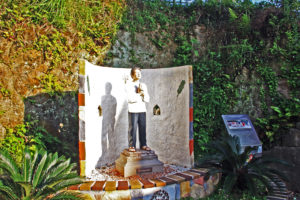 |
 |
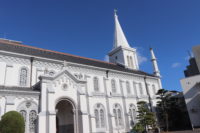 |
Hokohara martyrdom place in Omura in 1657
This is a place related to the Kori-kuzure incident in Omura in 1657 in which
a large number of hidden Christians were arrested.
As many as 608 Christians were arrested, making it a rare and major incident
in the history of Christian oppression.
411 Christians were beheaded, and 131 of them were martyred at Hokohara
martyrdom place.
 |
 |
 |
As a result of this incident, the Omura domain began implementing even stricter
policies prohibiting Christianity.
The believers have erected the monument to commemorate the martyrdom
at this location.
Religious freedom allowed in Nagasaki in 1858
In 1858, Tokugawa shogunate concluded treaties of amity and commerce with
United States, the Netherlands, Russia, Great Britain, France, and Japan,
and allowed religious freedom in the foreign residence area in Nagasaki ;
Dejima, Higashi-yamate district and Minami-yamate district.
 |
|
|
The Protestant Church began first missionary work, and the Catholic Church began
missionary work again.
Oura Cathedral, built in 1865
The Cathdral was built in 1865 by the French priest Bernard Petitjean of Fier
who had been dispatched by the Foreign Missionary Church of Paris to dedicate
prayers to the 26 saints martyred on Nishizaka hill.
For this reason, the church faces Nishizaka hill. It was designated as a National
Treasure in 1933 for its value as Japan’s oldest Gothic-style Cathedral.
|
|
|
|
For this reason, the church faces Nishizaka hill. It was designated as a National
Treasure in 1933 for its value as Japan’s oldest Gothic-style Cathedral.
Meiji Restoration in 1868
In 1868, Meiji Restoration, the most important event in Japanese history,
which heralded a new era of modernization in Japan.
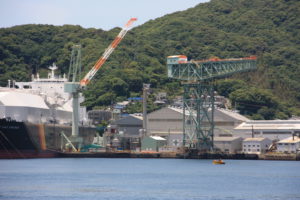 |
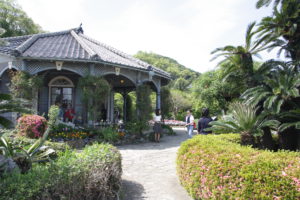 |
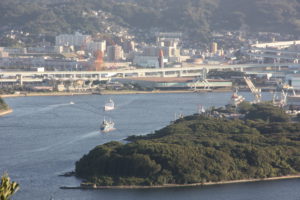 |
This revolution restored the imperial rule to Japan after more than 250years
of Tokugawa Shogunate.
Ban on Christianity was abolished in 1873
In 1873, the Meiji government abolished the ban on Christianity.
Believers who had been in hiding returned to Catholicism, and churches in various villages
were built with a variety of designs that combined Japanese and Western techniques.
 |
 |
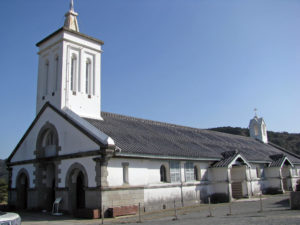 |
Although many Hidden Christians returned to Catholicism, there are still people in the
Nagasaki region who did not return to Catholicism and still preserve and pass on the
unique religious rituals of the Hidden era, and they are called “Hidden Christians.”
St. Andrew’s Seminary at Dejima, opened in 1877
After the ban on Christianity lifted in 1873, Burnside who was the British Church
Missionary created a cram school at his home to teach the English Bible.
In 1877, the school was moved to the Dejima English-Japanese School building
at Dejima, and St. Andrew’s Seminary was opened.
It was then used as the Seminary until 1886.
|
|
|
|
Shitsu Church, in Sotome, constructed in 1882
Built in 1882 by Father de Rotz, this low-ceiling church features a brick exterior, wood interior
and stone entranceway. The roof itself is low in order to limit damage done by strong winds.
The church’s bell was brought here from France by a priest and rings out beautifully every
morning. The location is famous as the place where the movie “Gege” was filmed.
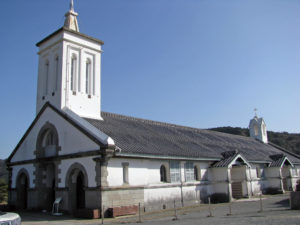 |
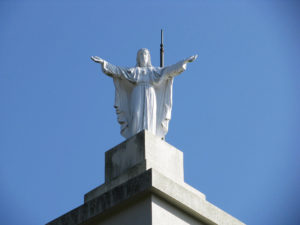 |
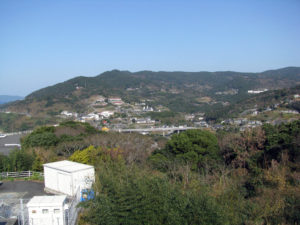 |

